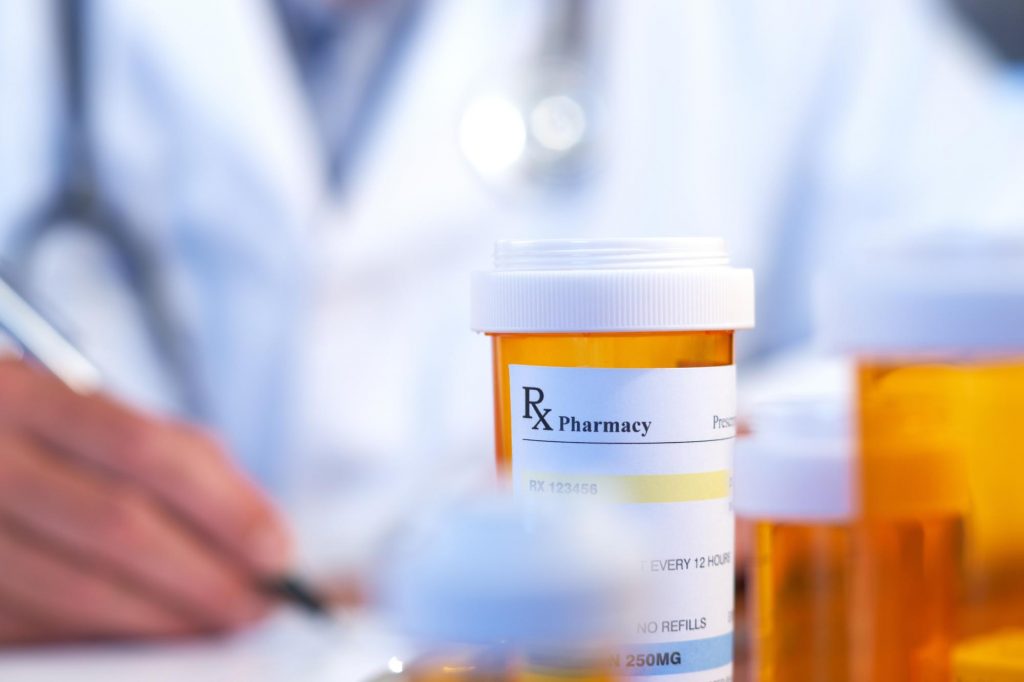
Leading drug makers celebrated the New Year by once again raising the list prices of their drugs. The price hikes applied to a range of medications, including blood thinners, cancer therapies, and treatments for respiratory conditions, HIV, arthritis, and multiple sclerosis. According to the healthcare research firm 3 Axis Advisors, the total number of prescription medicines that will cost more this year is over 250. Additional price increases could still be announced.
Bristol-Myers Squibb raised the price on cancer immunotherapies Opdivo and Yervoy by 1.5 percent and its blood thinner Eliquis by 6 percent. Seven other Bristol-Myers drugs also got price hikes. Gilead Sciences raised prices on HIV treatments Biktarvy and Truvada by nearly 5 percent, while also raising prices on 13 other drugs. Biogen’s price increases included a 6 percent hike on the multiple sclerosis treatment Tecfidera. Pfizer, GlaxoSmithKline and Sanofi SA also planned to increase prices on some of their drugs.
Drug makers typically increase the list prices of drugs twice a year and have continued to do so amid intense public scrutiny. Many drug makers had pledged to keep their U.S. list price increases below 10 percent a year, but that rate still greatly exceeds that of inflation, which was 2.1 percent for 2019 as of November. Last year, drug makers hiked the prices on thousands of drugs, many at a rate well over 10 percent.
The U.S. is the world’s most lucrative market for drug manufacturers. America pays much higher prices for prescriptions drugs because the American government leaves pricing to market competition. Many other countries have governments that directly or indirectly control the costs of medications within their borders. Rapidly increasing prescription drug prices are expected to be a central issue in the next U.S. presidential election. President Donald Trump and the leading Democratic contenders have all issued plans for bringing prescription drug prices down.
